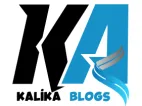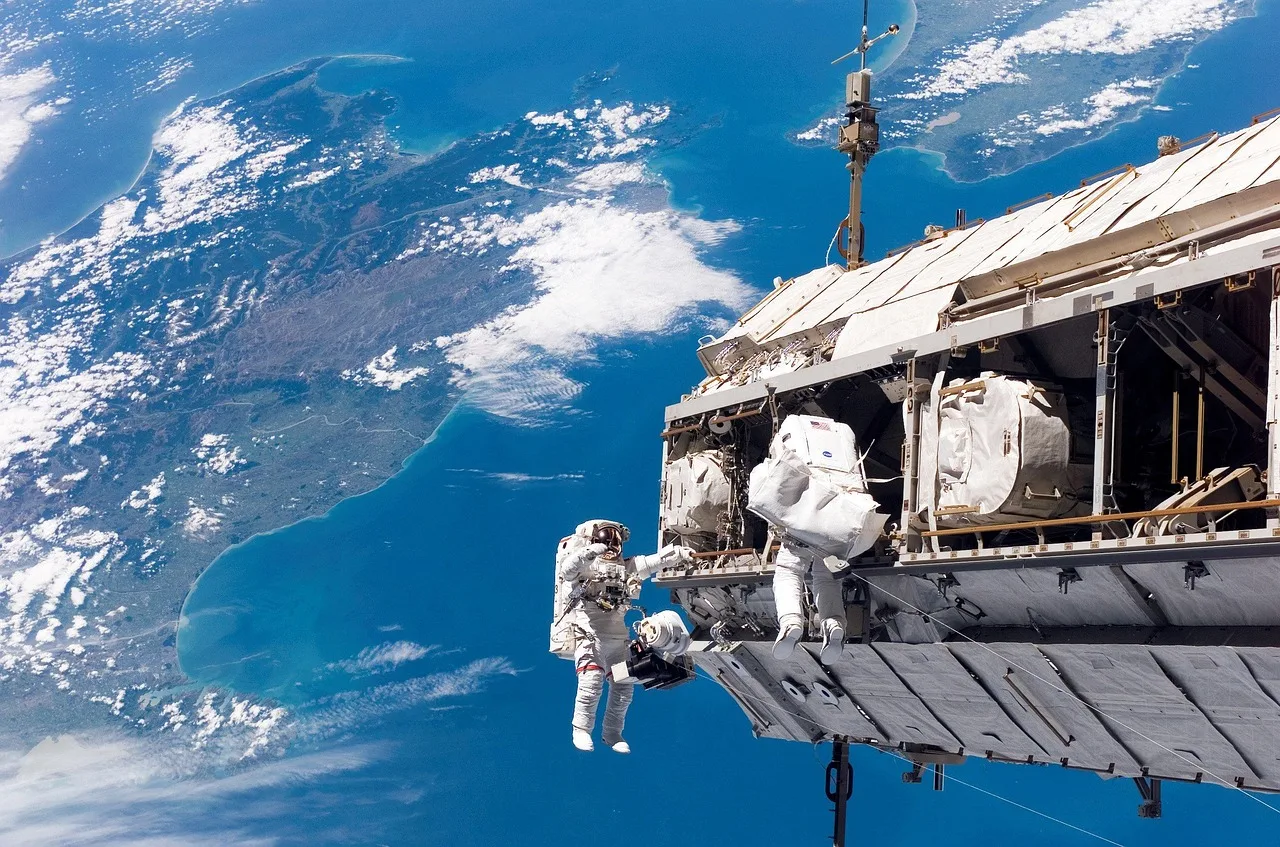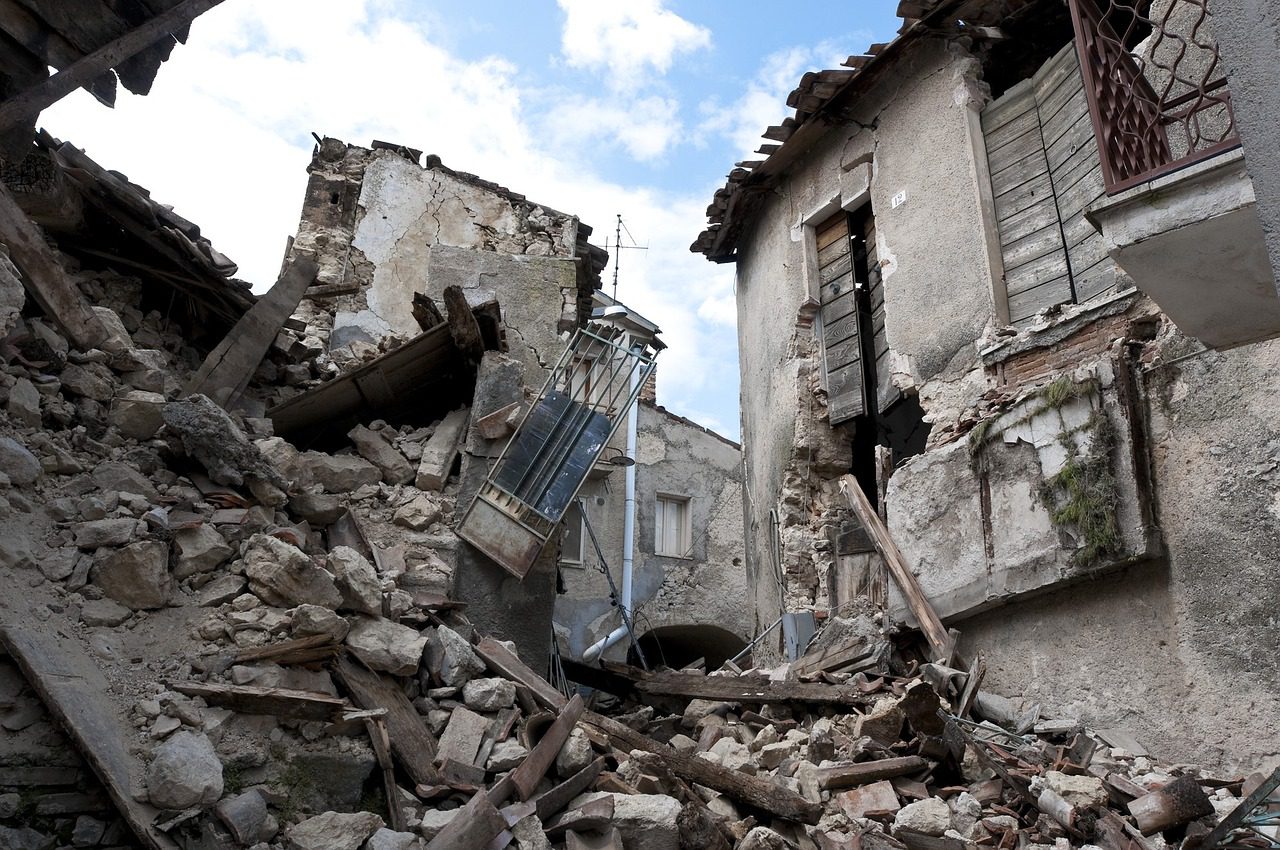Introduction
On June 22, 2024, NASA astronauts Barry Wilmore and Suni Williams made headlines as they safely splashed down in the Gulf of Mexico aboard Boeing’s CST-100 Starliner spacecraft. Their return marked the culmination of Boeing’s Crew Flight Test (CFT), a critical milestone for NASA’s Commercial Crew Program. This mission not only tested the Starliner’s capabilities but also underscored the resilience of human spaceflight amid technical challenges.
In this comprehensive blog, we’ll unpack their journey, the significance of their mission, and what lies ahead for NASA and commercial space partners. Backed by verified sources like NASA.gov and leading news outlets, this is your go-to resource for understanding this historic event.
Table of Contents
- The Mission Overview: Starliner’s Crew Flight Test
- Who Are Butch Wilmore and Suni Williams?
- Challenges in Space: Thruster Issues and Helium Leaks
- The Return Journey: Precision Landing in the Gulf
- Public and Scientific Reactions
- Implications for Boeing and NASA’s Commercial Crew Program
- What’s Next for Human Spaceflight?
- Conclusion
1. The Mission Overview: Starliner’s Crew Flight Test
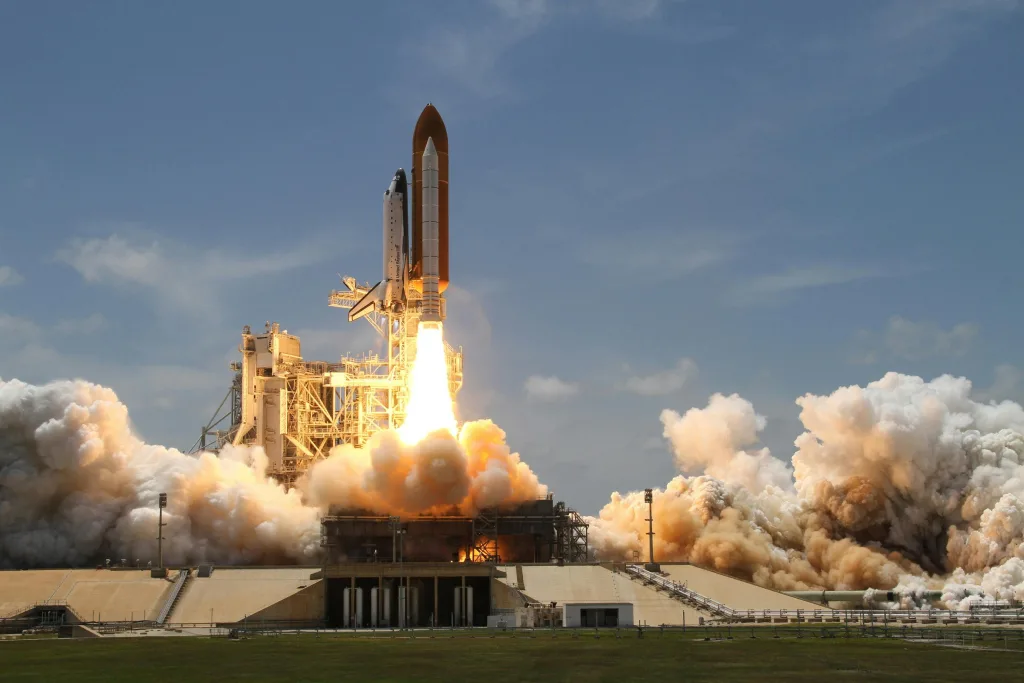
Boeing’s CST-100 Starliner launched on June 5, 2024, from Cape Canaveral Space Force Station in Florida. The mission aimed to certify the spacecraft for routine crewed flights to the International Space Station (ISS), competing with SpaceX’s Crew Dragon under NASA’s Commercial Crew Program.
Key Objectives:
- Test Starliner’s manual and autonomous docking systems.
- Evaluate life support and emergency protocols.
- Validate the spacecraft’s ability to return crews safely.
Despite a flawless launch, the mission faced unexpected hurdles, including helium leaks and thruster malfunctions, which delayed the astronauts’ return by two weeks. NASA and Boeing engineers worked tirelessly to ensure a safe re-entry, showcasing the collaborative spirit of modern space exploration.
Learn more about the Starliner mission: NASA’s Official CFT Page
2. Who Are Butch Wilmore and Suni Williams?
Butch Wilmore: The Veteran Commander
- NASA Experience: 15+ years, two prior spaceflights.
- Notable Missions: STS-129 (2009) and Expedition 41/42 (2014).
- Role in CFT: Commander and test pilot.
Suni Williams: The Record-Setting Astronaut
- NASA Experience: 20+ years, holder of the female spacewalk record (50+ hours).
- Notable Missions: Expedition 14/15 (2006–2007), Expedition 32/33 (2012).
- Role in CFT: Pilot and systems specialist.
Both astronauts are retired U.S. Navy captains and bring decades of operational expertise to the Starliner program. Their calm under pressure was instrumental in troubleshooting in-flight issues.
Dive deeper into their careers: NASA Astronaut Profile: Butch Wilmore | Suni Williams
3. Challenges in Space: Thruster Issues and Helium Leaks
The Starliner mission was far from smooth sailing. Shortly after reaching orbit, engineers detected multiple helium leaks in the spacecraft’s propulsion system. Helium, used to pressurize thrusters, is critical for maneuvering. While the leaks were small, they raised concerns about long-term system reliability.
Thruster Troubles
During the ISS docking maneuver, five of Starliner’s 28 Reaction Control System (RCS) thrusters failed. Wilmore and Williams manually took control, demonstrating the importance of human oversight in automated systems.
NASA later attributed the issues to “silt-like debris” clogging filters, a problem traced back to ground processing. Boeing has since pledged redesigns to prevent future occurrences.
Read the technical breakdown: SpaceNews Report on Starliner Anomalies
4. The Return Journey: Precision Landing in the Gulf
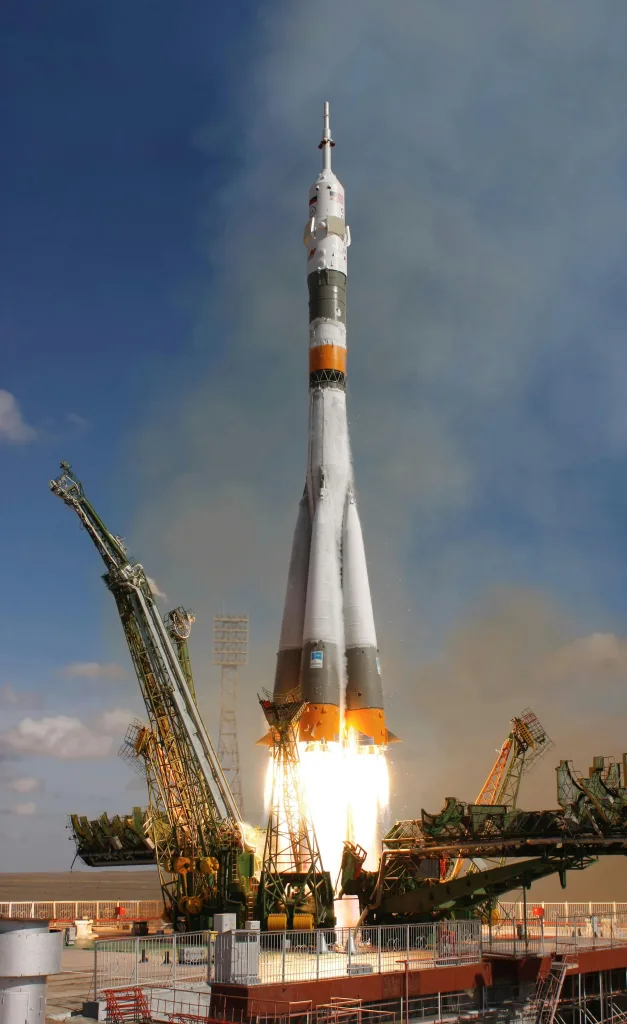
After a 17-day mission (extended from the original 8-day plan), the Starliner undocked from the ISS on June 21. The re-entry process involved:
- Deorbit Burn: A 4-minute engine firing to slow the spacecraft.
- Atmospheric Re-entry: Withstanding temperatures up to 3,000°F.
- Parachute Deployment: Three main parachutes slowed the descent.
- Airbag-Cushioned Splashdown: Landing off Florida’s coast at 12:34 PM ET.
Recovery teams swiftly retrieved the capsule, and Wilmore/Williams were flown to Houston for medical evaluations. Both reported feeling “exhilarated” and praised the Starliner’s performance despite earlier setbacks.
Watch the splashdown footage: NASA YouTube Channel
5. Public and Scientific Reactions
The mission captivated global audiences, trending on social media with #Starliner and #SpaceHeroes. Scientists lauded the data collected, which will refine future commercial missions.
Notable Quotes:
- Bill Nelson (NASA Administrator): “This test flight embodies why we fly — to learn, adapt, and push boundaries.”
- Jim Free (NASA Associate Administrator): “We’re reviewing the data, but we’re confident in Starliner’s future.”
Critics, however, questioned Boeing’s readiness compared to SpaceX, which has completed 12 crewed missions since 2020.
Explore public sentiment: The New York Times Coverage
6. Implications for Boeing and NASA’s Commercial Crew Program
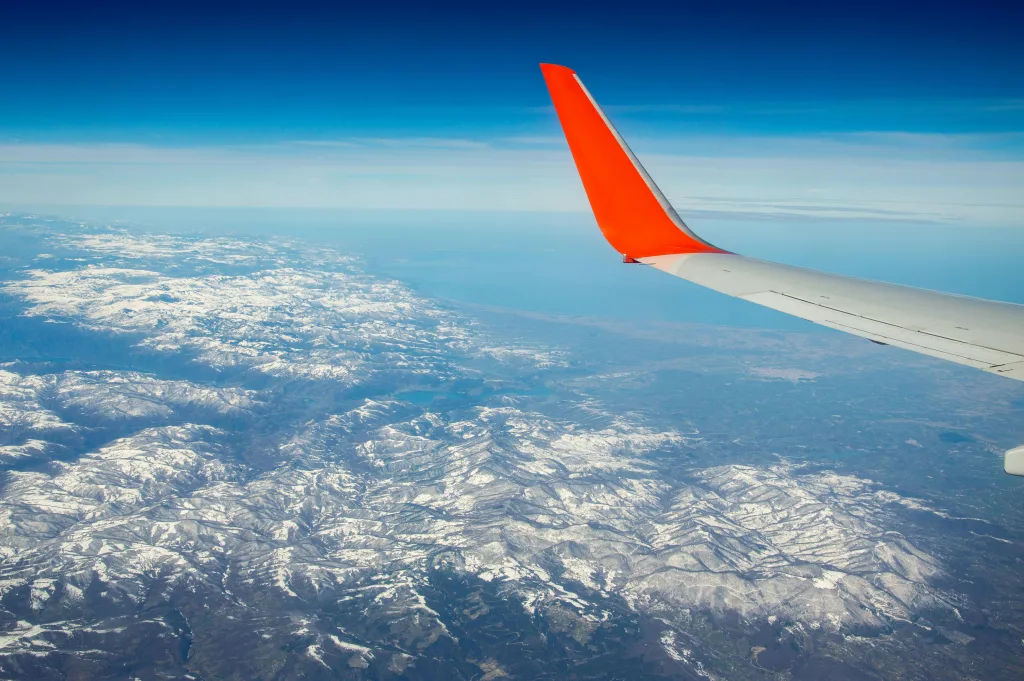
Boeing’s $4.3 billion Starliner contract has faced delays and cost overruns, but a successful CFT could restore confidence. NASA now aims to certify Starliner for six-month rotational missions to the ISS by 2025.
Competition with SpaceX
SpaceX’s Crew Dragon dominates the commercial crew landscape, but NASA emphasizes the need for multiple providers to ensure redundancy. Boeing’s fixes, including thruster redesigns and helium system upgrades, will be closely monitored.
Industry analysis: Reuters Space Sector Report
7. What’s Next for Human Spaceflight?
The Starliner CFT success paves the way for:
- Artemis Program: Lunar missions targeting a 2026 crewed landing.
- Commercial Space Stations: Companies like Axiom are planning ISS successors.
- Mars Ambitions: NASA’s long-term goal remains a crewed Mars mission.
8. Conclusion
Butch Wilmore and Suni Williams’ return to Earth isn’t just a win for Boeing and NASA — it’s a leap forward for public-private partnerships in space exploration. As the Starliner undergoes post-flight reviews, the world eagerly anticipates its next chapter.
Stay updated on space news:
- Follow NASA’s Blog
- Subscribe to Space.com
Continue Reading our Blogs
Essential links to get more information

